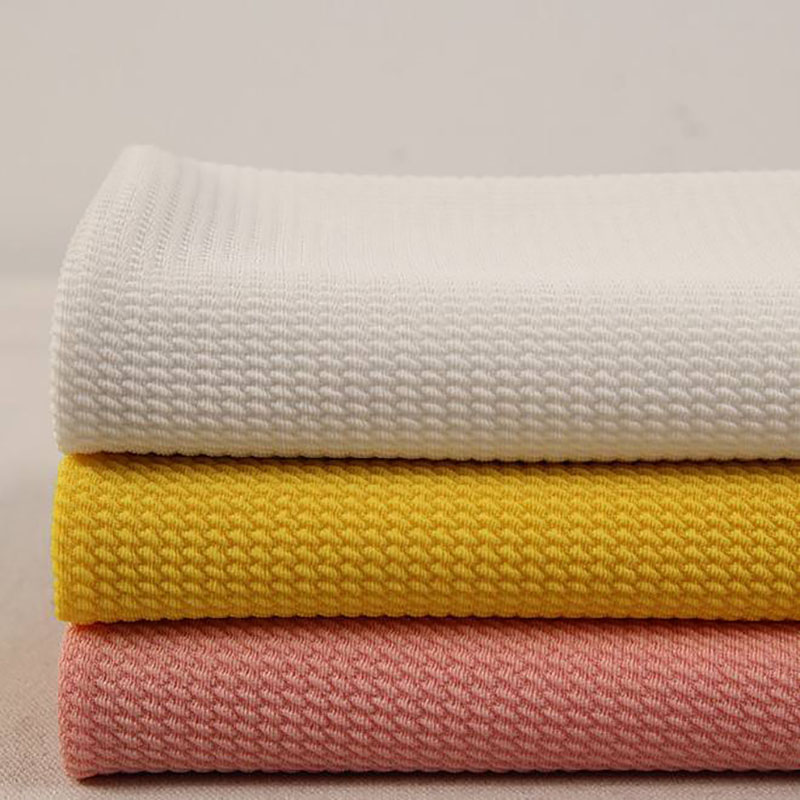
Against the backdrop of the growing global focus on sustainable development, seersucker dyed fabric has received widespread attention due to its unique environmentally friendly properties. Many advanced environmentally friendly technologies are used in the production process of seersucker dyed fabrics, which reduces the negative impact on the environment and integrates sustainable concepts into the development of the textile industry.
Traditional textile production often causes pollution to water sources and the atmosphere, while seersucker dyed fabrics significantly reduce wastewater and exhaust emissions by using eco-friendly raw materials and efficient production processes. This not only meets the requirements of environmental protection regulations, but also meets consumer demand for green products.
Seersucker dyed fabric has the advantages of being light and breathable, making it suitable as a material for a variety of clothing and household items. At the same time, non-toxic and harmless dyes are used in its production process to ensure the safety of the product to human health. The innovative design of seersucker makes it stand out in the market and become an important choice for sustainable fashion.
As consumers' awareness of environmental protection increases, the demand for seersucker dyed fabrics is gradually rising. Enterprises in the industry promote the development of green supply chains by introducing advanced environmentally friendly production technologies, promoting the transformation of the entire industry into a sustainable direction. This not only improves the competitiveness of the industry, but also establishes a good image for the brand.
The environmentally friendly production of seersucker dyed fabrics not only meets market demand, but also provides a new path for the sustainable development of enterprises. As part of the textile industry, the promotion of seersucker dyed fabrics can effectively reduce environmental pollution, promote industry innovation, and demonstrate the positive contribution of textile technology advancements to environmental protection.

